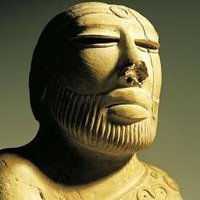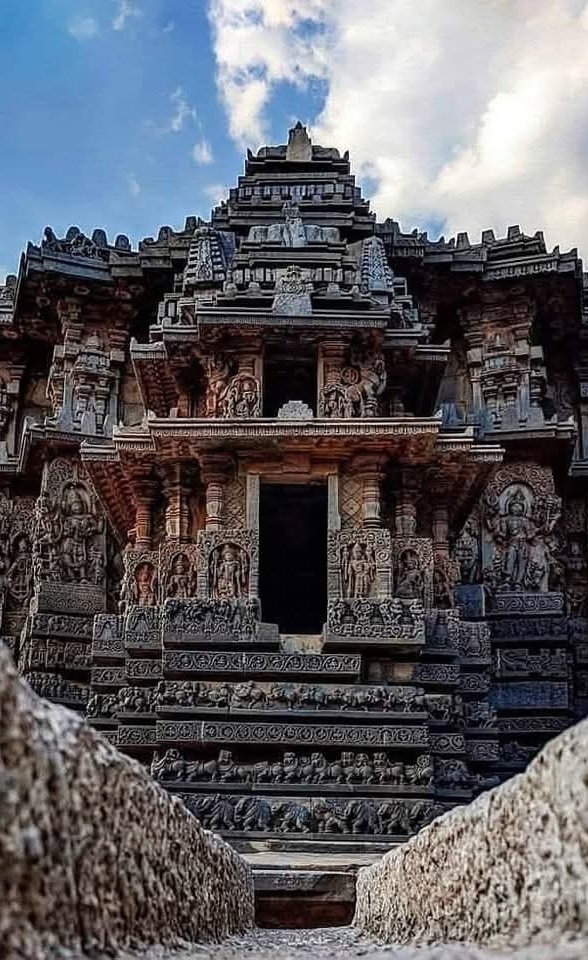
ಹಂಸಾನಂದಿ Hamsanandi हंसानन्दि
@hamsanandi
ಓದುಗ-ಬರಹಗಾರ-ವಾಗ್ಗೇಯಕಾರ-ಅನುವಾದಕ-ನಾಟಕಕಾರ Reader-Writer-3 Stage plays-Over 75 original music compositions- Author of 2 published books A companion of ಮುದ್ದುರಂಗ
ID: 18636235
05-01-2009 16:35:24
190,190K Tweet
17,17K Followers
4,4K Following

Karnāṭaka saṅgīta is popular in all the five major states of South India, not just in Karnataka. So the question arises - Where is Karnataka in Karnāṭaka saṅgīta? ಹಂಸಾನಂದಿ Hamsanandi हंसानन्दि takes us through the history of Karnāṭaka saṅgīta: #Music Do follow @IndicaOrg to stay connected with INDICA indictoday.com/long-reads/kar…

Do follow @indicatoday ಹಂಸಾನಂದಿ Hamsanandi हंसानन्दि Do follow @IndicaOrg to stay connected with INDICA One of the best articles on music or culture, I have read! ಹಂಸಾನಂದಿ Hamsanandi हंसानन्दि Ji has explained beautifully “ where is Karnataka in Karnataka Sangeeta” A must read
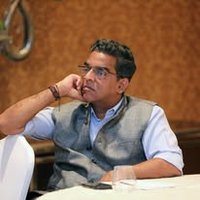




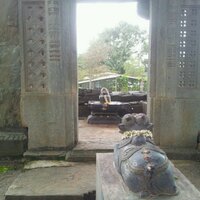

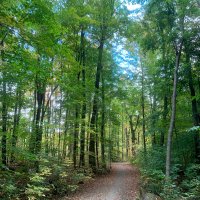

Manohar ಸೀತಾರಾಮ್ ಹಂಸಾನಂದಿ Hamsanandi हंसानन्दि For a historical perspective of the kannada consciousness - yes



